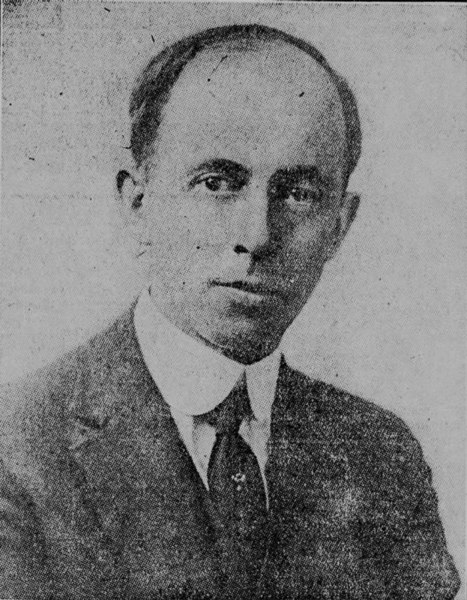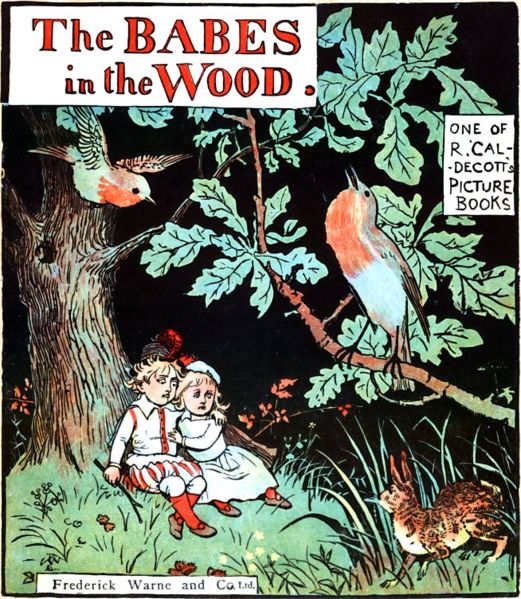The Randolph Caldecott Medal, frequently shortened to just the Caldecott, annually recognizes the preceding year's "most distinguished American picture book for children". It is awarded to the illustrator by the Association for Library Service to Children (ALSC), a division of the American Library Association (ALA). The Caldecott and Newbery Medals are considered the most prestigious American children's book awards. Beside the Caldecott Medal, the committee awards a variable number of citations to runners-up they deem worthy, called the Caldecott Honor or Caldecott Honor Books.
Caldecott Medal
Frederic G. Melcher first proposed the idea for the Caldecott Award following the success of the Newbery Award.
Illustration by Randolph Caldecott (1878) of The Diverting History of John Gilpin, basis of the medal's obverse
Randolph Caldecott, for whom the medal is named, was an English artist and illustrator. Maurice Sendak said, "Caldecott's work heralds the beginning of the modern picture book."
A picture book combines visual and verbal narratives in a book format, most often aimed at young children. With the narrative told primarily through text, they are distinct from comics, which do so primarily through sequential images.
Peter Rabbit with his family, from The Tale of Peter Rabbit by Beatrix Potter, 1902
A board book
A reprint of the 1658 illustrated Orbis Pictus
Cover of Babes in the Wood, illustrated by Randolph Caldecott








